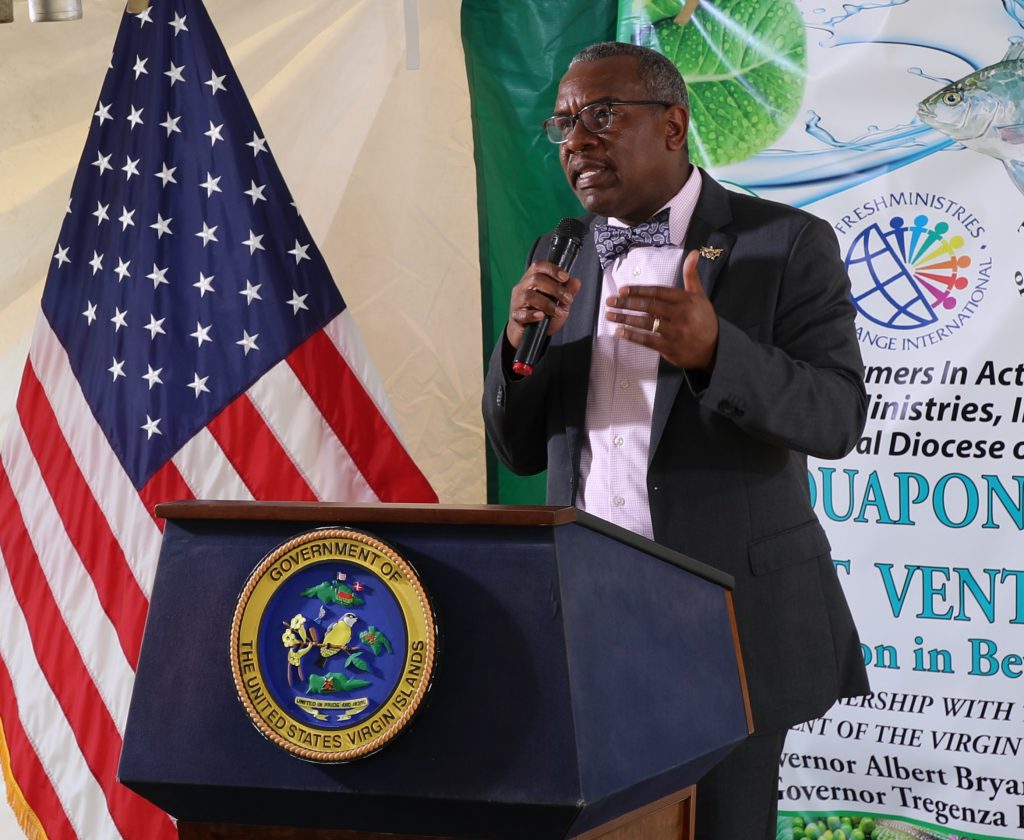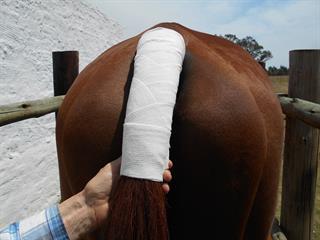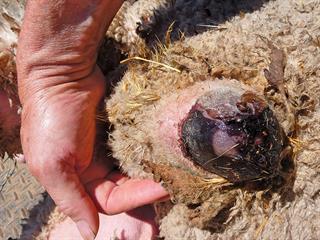The paddy fields are always laden with water. a very recent branch of science known as aquaponics is fast emerging as a step to grow in-house a part of the rice consumed in homes. aquaponics is the amalgamation of aqua culture, which is fish farming, and hydroponics, growing crop plants and vegetables without any soil.. 🌾🌾rice/paddy farming from aquaponics.... 🌾🌾അക്വാ പോണിക്സിലെ നെല് കൃഷി 🌾🌾. Yes, rice can be grown using aquaponics. in fact, the only difference between aquaponics and hydroponics is that aquaponics use nutrients from fish waste to supply the plant instead of the traditional human-made nutrient solution used in hydroponics. other aspects of growing such as temperature, seeding and harvesting remain relatively the same..
Ancient chinese aquaponics. rice paddies have been a staple of chinese agriculture since 11000bc- much longer than recorded history. unsurprisingly, the rice farmers experimented and refined their techniques over thousands of years. this culminated in the 6th century, in which ducks, fish, and rice plants were used to create an early aquaponics system.. Aquaponics is a term that was coined in the 1970s, but the practice has ancient roots – although there is some debate on its first occurrence. the earliest example of one branch may be the lowland maya, followed by the aztecs, who raised plants on rafts on the surface of a lake in approximately 1,000 a.d.. In ancient china, for instance, farmers used a similar principle to fertilize their rice paddies, by keeping carp in the water. potential of aquaponics in africa countries worldwide face challenges in producing adequate amounts of healthy food for their people in a sustainable way. aquaponics can play a major role in improving the access to.







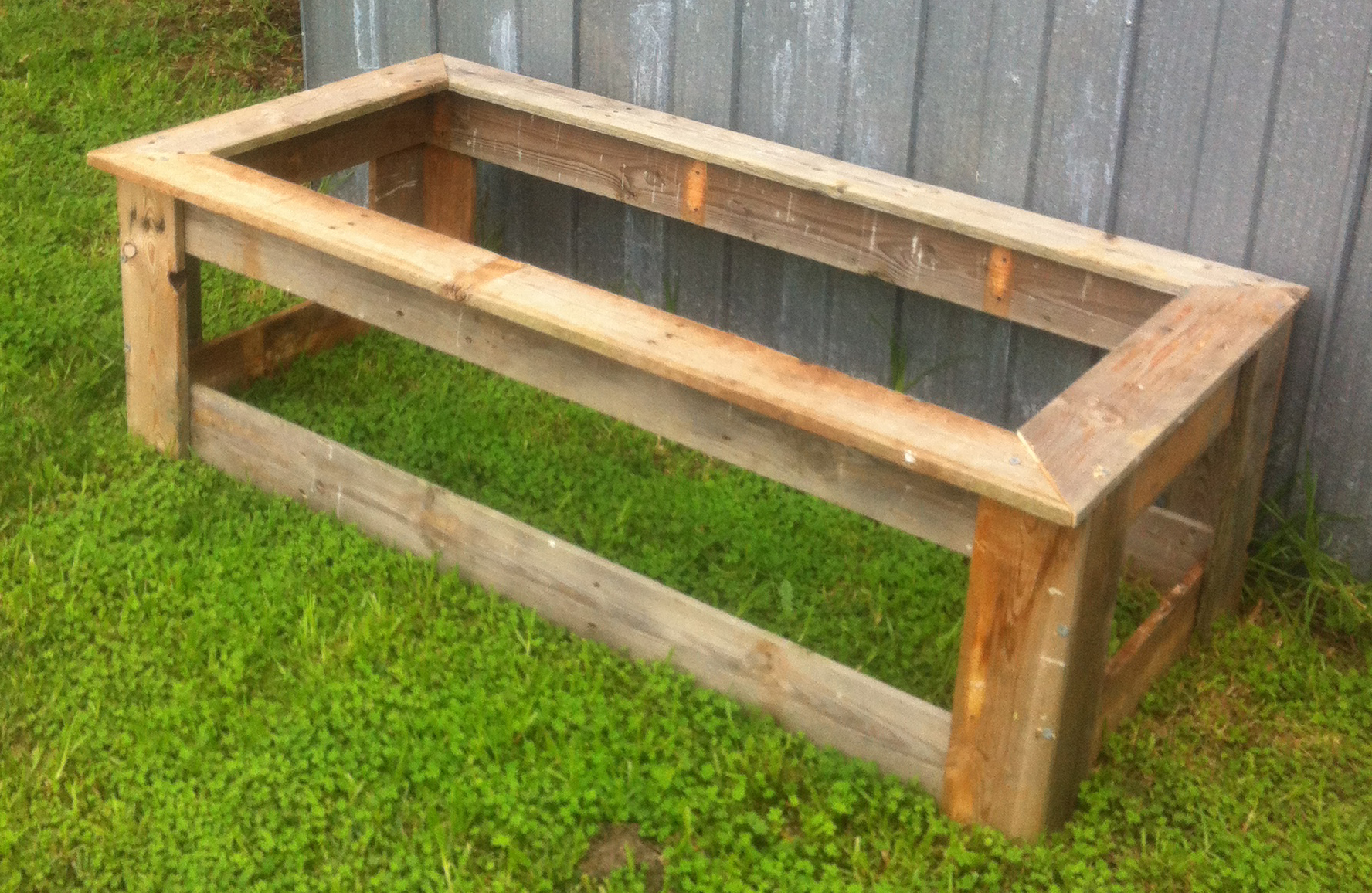

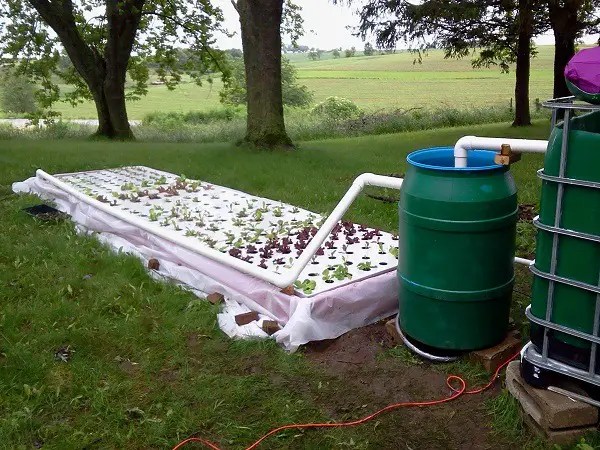








.jpg)













